There are diverse breeds of cashmere-producing goats. Each breed has a specific percentage of production in the total production. The several breeds viz; Australian Goat, Liaoning, Inner Mongolia, Xinjiang, Hexi, Zhonghwei, Tibetan Plateau, Luliang breeds, Changthanghi, etc. Therefore, all the breeds produce the Cashmere wool that produces the warmth.
In addition, the Goats produce the fine Cashmere wool once every year. Therefore, only around 80 to 170 gms of Ladakhi Cashmere are produced during a year. Therefore, considered the rarest. Also, other breeds of it produce several times more as there are almost 400 million Cashmere eliciting Goats all over the world. Consequently, the production caters to the manufacture of different styles like Pashmina Shawls, Scarves, and Wraps.
There are several ways of knowing if Cashmere is real or not. Some are enumerated below.
The Manual procuring from Ladakh
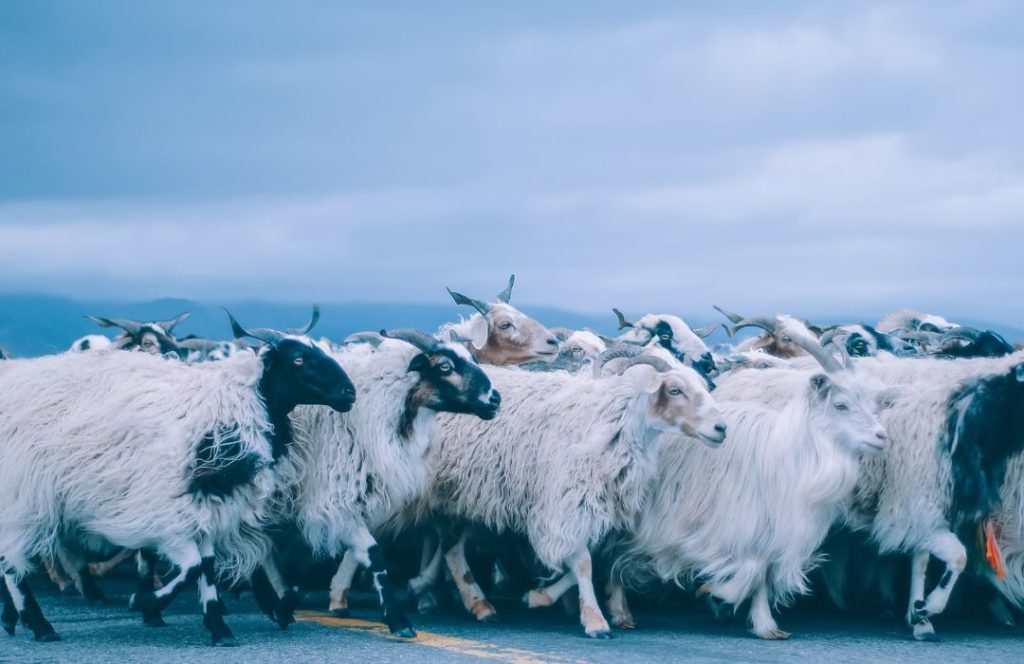
It all starts in the realms of the Changhthanghi mountain of Ladakh. The temperature goes to a minimum in winter. A rare breed of Goats lives in the minus temperature. They are called Changra Goats. These goats develop thick wool on their bodies to combat the harsh winter. Eventually, seasons change. In summer, the Changra Goats shed off the thick wool against rocks and trees due to the heat in the air. Also manually combed out by the herders. The herders of the Changpa tribe manually combed out the wool. The wool is called Cashmere wool. It is the softest and finest wool. Further crafted in the horizons of Kashmir Valley in the name of Pashmina Art. Only the rare species called Changra Goats develop the finest wool. Therefore, the finest of all is procured from Ladakh only.
The Fine microns
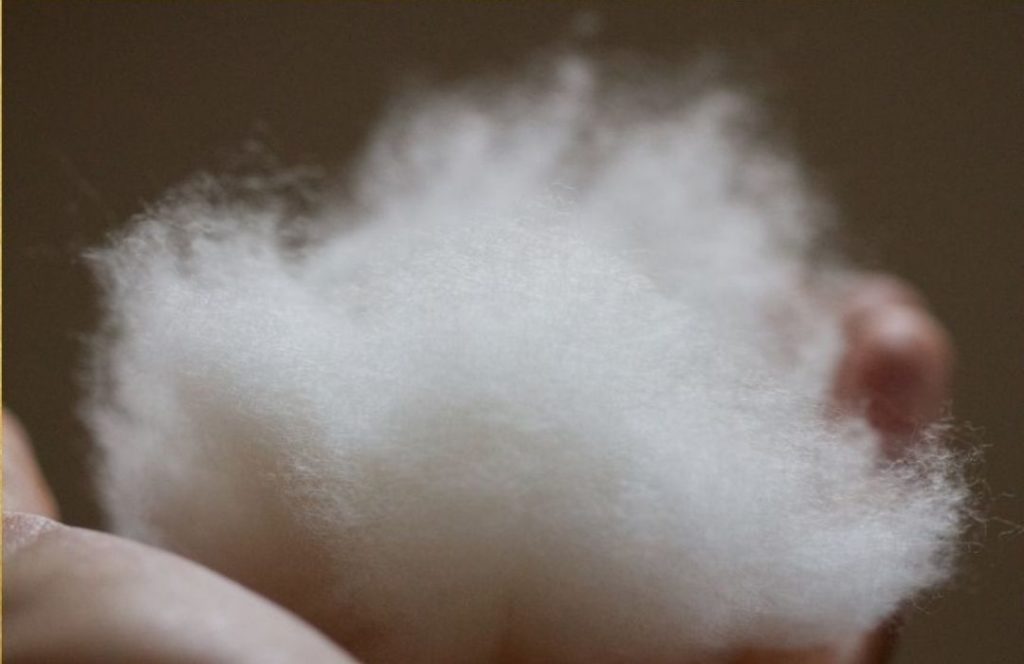
The finest Cashmere is about 10 to 16 microns in diameter. It is the finest of all that is produced in the world. Ladakhi Cashmere is of a high quality with fine microns. This quality makes it a one-of-a-kind luxury wool crafted in Kashmir for premium Pashmina accessories.
Handspun and Handwoven Cashmere
The first step is cleaning the wool. There is a thorough cleaning of the wool to get all sorts of dirt out. After the process of cleaning, the next step is the procedure of Spinning. It begins by giving the local women the wool to spin fine yarn. The womenfolk of the valley mainly spin Cashmere wool. Done on the wooden wheel/charkha called yinder in the local language.
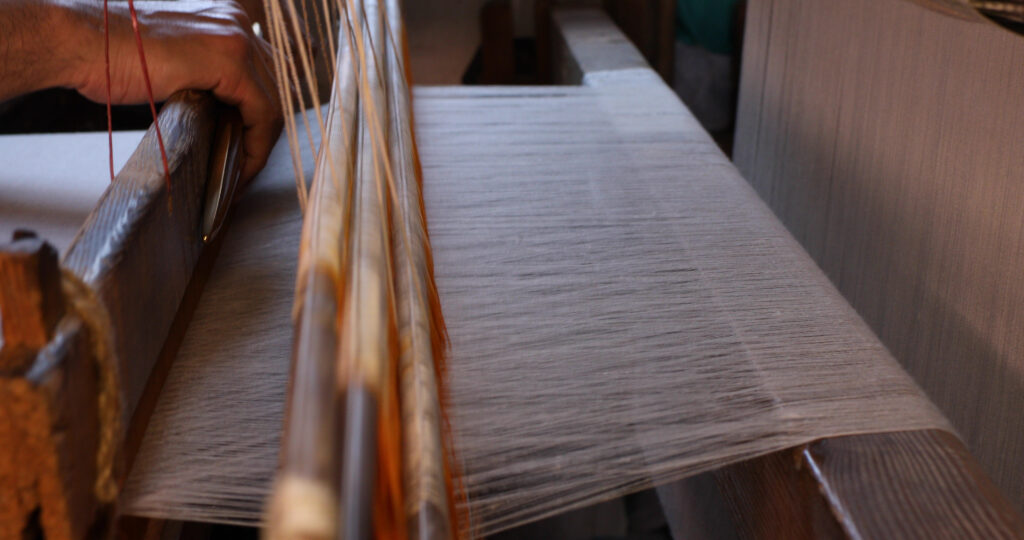
Afterward, the spun yarn, taken to the local workshops/karkhanas to move ahead in the Pashmina Art. The next process is the weaving process. The weaving is the conversion of Cashmere yarn to fine fabric. The intricate warps and wefts create the beautiful woven Cashmere fabric. Therefore, the most common pattern in weave is chashm_e_bulbul or the diamond weave. The weave is exclusively the masterpiece in itself as the weave is irregular due to the Handcrafting.
Exclusive designs
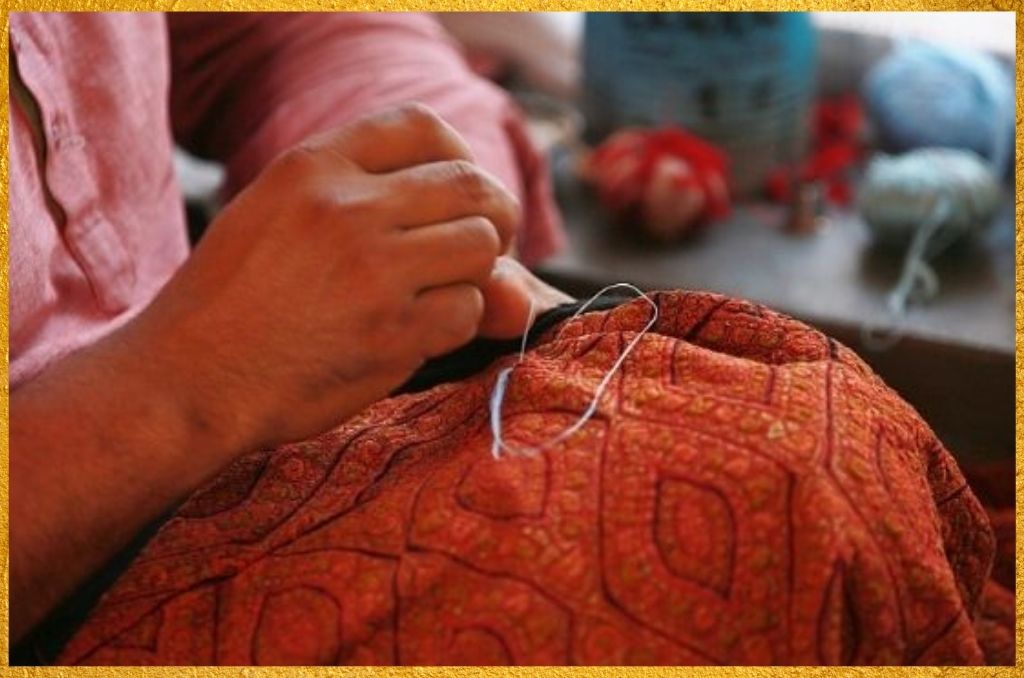
The Cashmere fabric goes on to the designing process. The design starts as soon as the fabric reaches the hands of artisans. Thus, creating a wide array of masterpieces. Henceforth, the Art of Pashmina is the creation of diverse accessories from the finest wool. The styles and designs perform the ways of luxurious fashion in the most elegant looks providing men the opportunity to show their ways of fashion to the world. There are diverse designs in Pashmina Craft proving the versatility of the finest Cashmere. The high-end designs with such profuse intricacy define Pashmina Craft to a level of luxury. To check the quality, the handcrafted designs are proof that the fine Cashmere is used in the fabric base.
The Piling of pure Cashmere wool
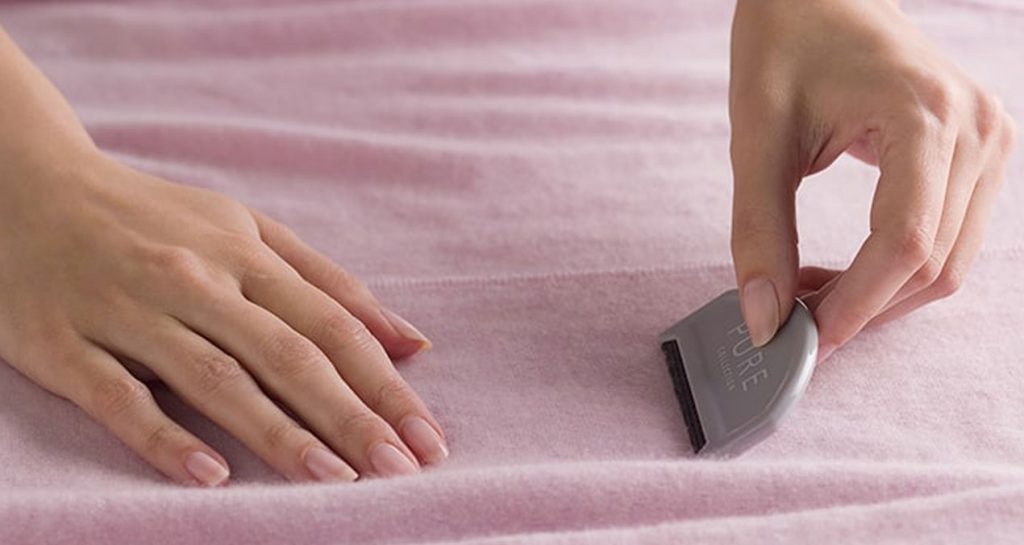
When fine Cashmere accessories are used for a long time, there is always a chance of piling on the fabric. It is the token of purity and authenticity because fine wool will pile over a span of time. All the Cashmere piles but there is some difference in the way of piling. You can test this by gently rubbing your hand over the fabric several times. If the scarf piles immediately, that is a sign of lower quality and if it takes time, then the Cashmere is of high quality.
The Stretching of Fine Cashmere
It is evident from stretching the fine Cashmere that it is real or fake. If after stretching the fabric, it retains its shape, is high quality. On the other hand, if the fabric cannot retain its shape, the Cashmere is of low quality. This is a quick and subtle way of knowing the difference between a fine and a fake one.
Also read: STEPS OF CRAFTING A PASHMINA SHAWL
The Authenticity Label
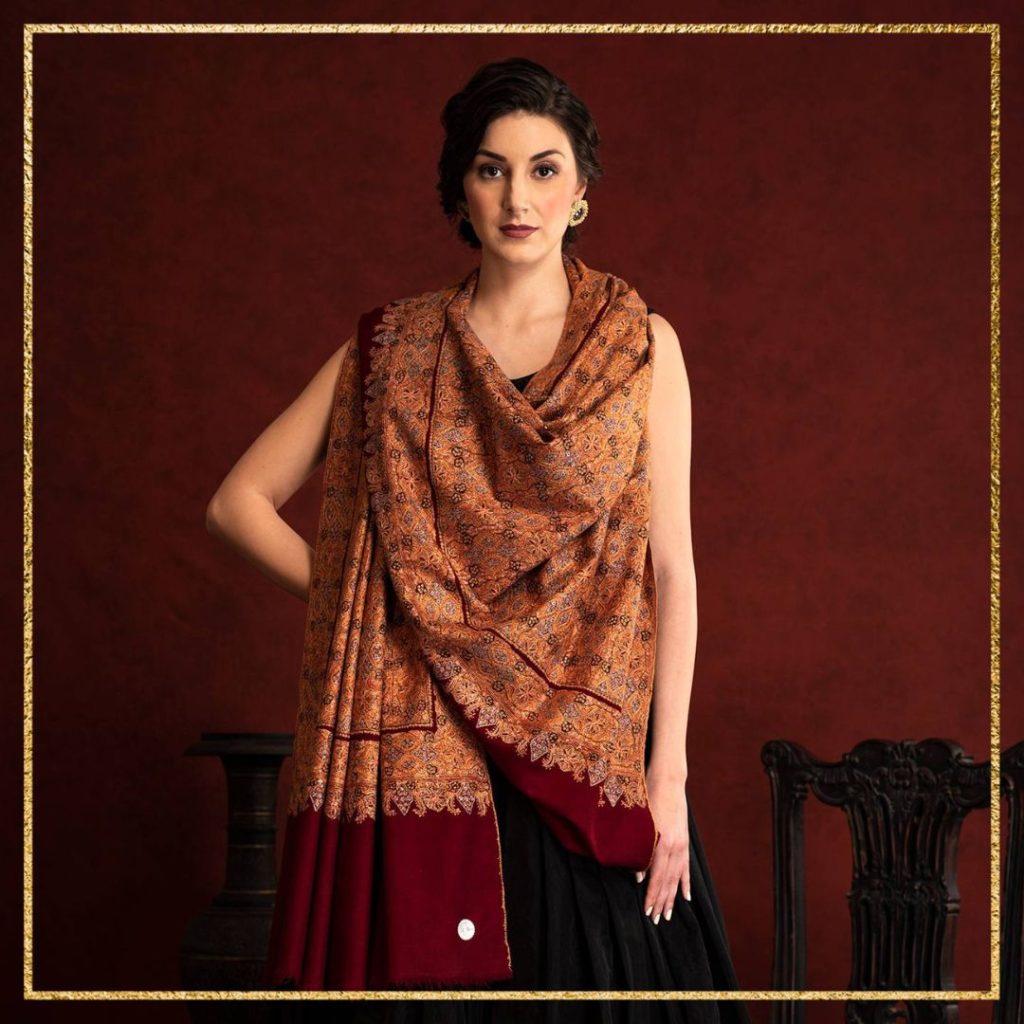
The Pashmina Crafted accessories, tested in the laboratory specified to test the Pashminas. They ensure through examination that the Pashmina is hand-spun and hand-woven in Kashmir. In addition, they provide the authentication certificate called GI by testing the Pashmina exclusively through technical procedures. A geographical indication (GI) is a token attached to products that come from a specific geographical origin. To get a GI, a particular sign is used to identify a product having its manufacturing in a particular place. Moreover, geographical identification enables the craftsmanship of the place to only have the right to manufacture which means no third party can be applicable to manufacture the product.
Therefore, the GI authentication of Pashmina is performed by the Pashmina Testing & Quality Certification Centre, Craft Development Institute (CDI) located in Srinagar in a lab managed by the Government of India. Given after proper testing examining every fine Cashmere accessory.
Also read: IS CASHMERE THE SAME AS PASHMINA?